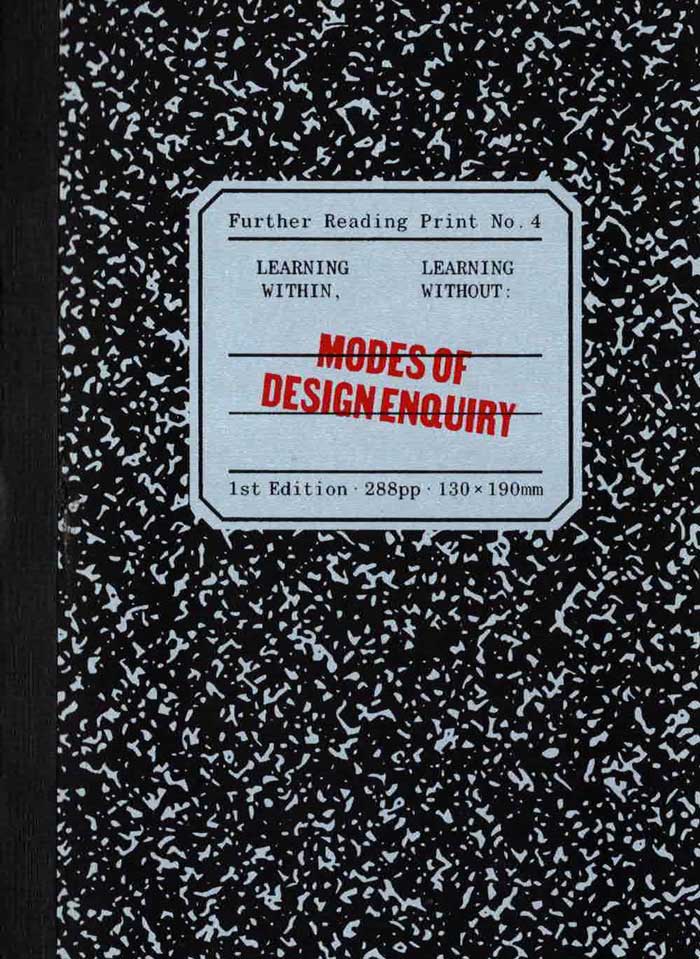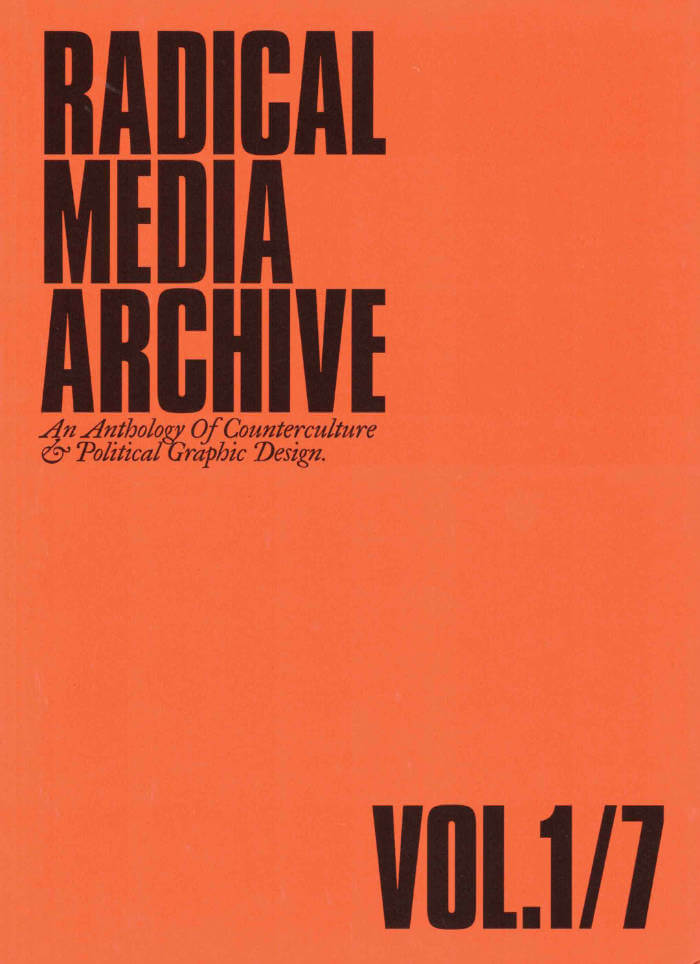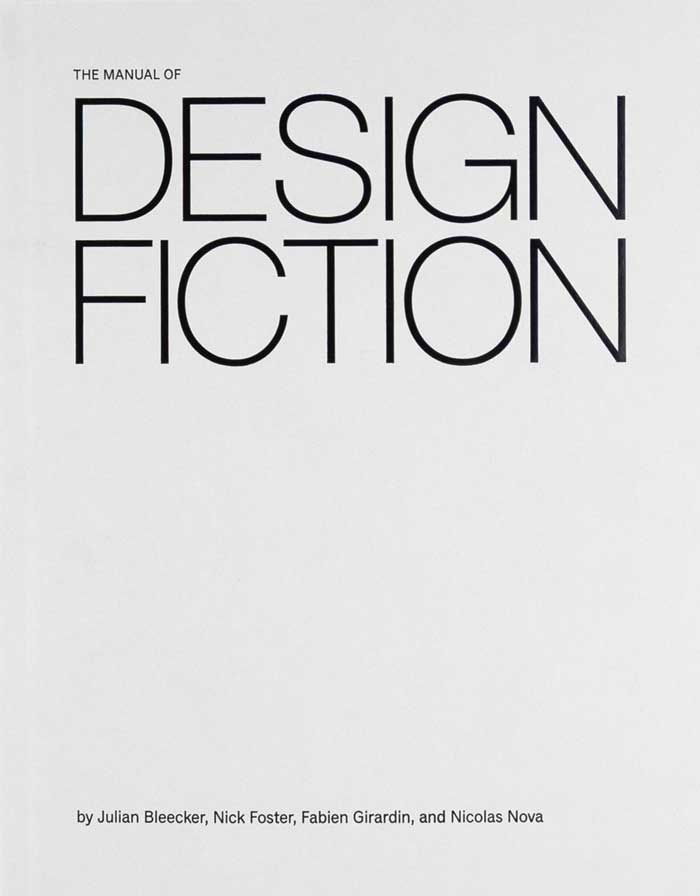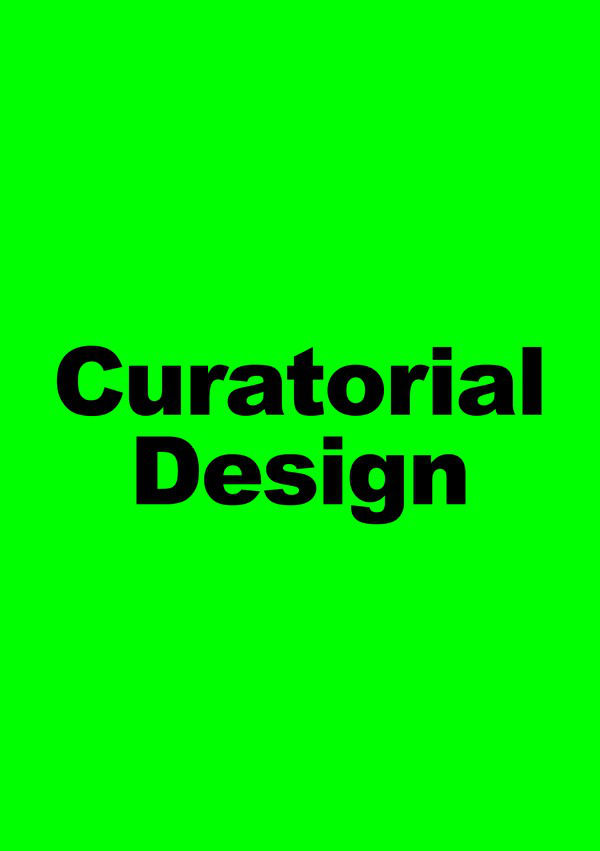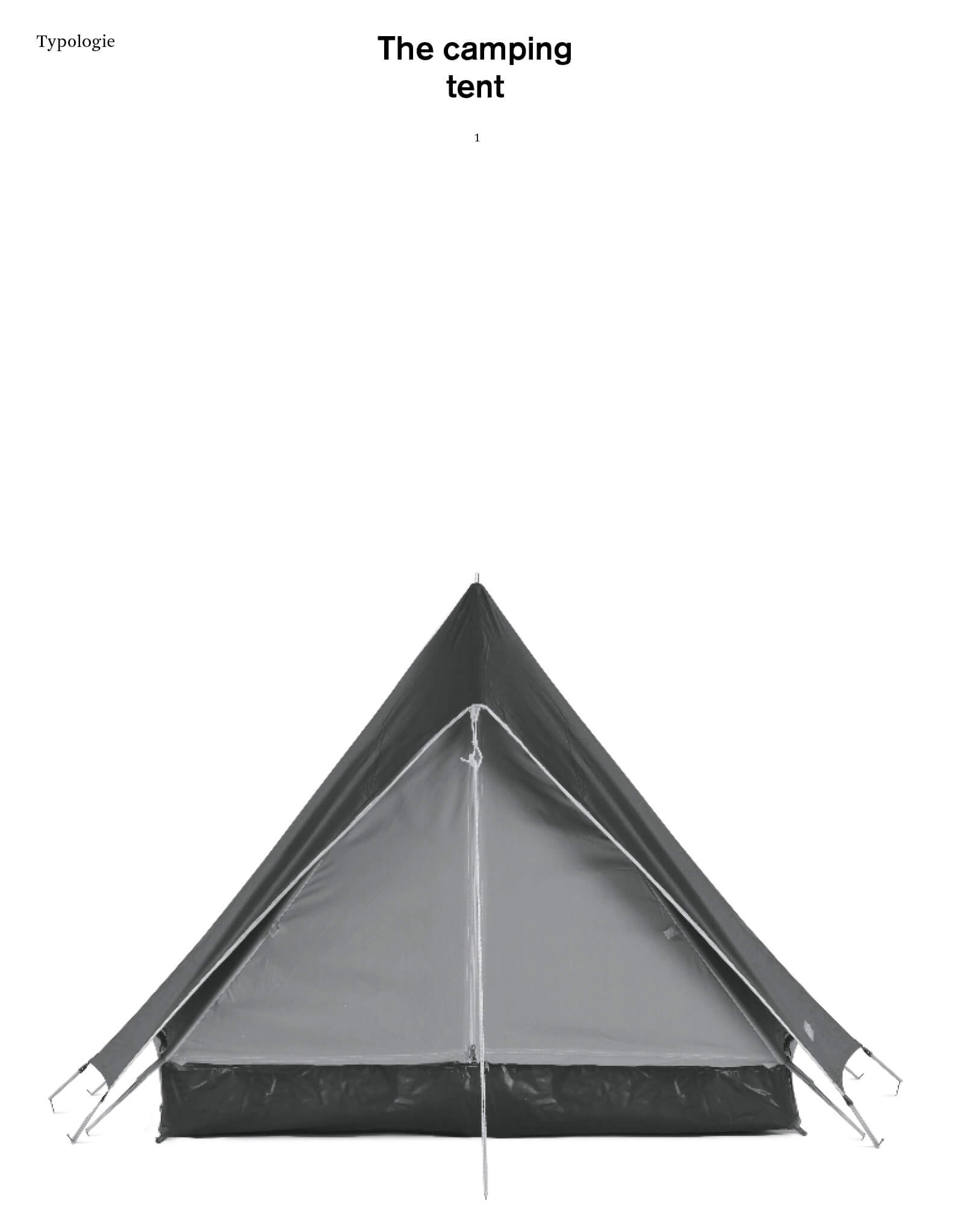
Typologie – The camping tent
Sina Sohrab, Olivier Sirost, Anna Ferrino, Raphaël Têtedoie
Collections Typologie reveal a new issue devoted to the Camping Tent. A common motif in both rural and urban landscapes, the tent is a ubiquitous typology whose apparent simplicity is deceptive. Halfway between the architecture we manipulate and the furniture we live in, the tent covers a wide range of uses and brings together heterogeneous realities. Reminiscent of primitive huts, descended from military encampments, shelter for leisure or refuge, precarious yet resistant, protective yet porous, tents are used in both delineated and extreme environments. Simply assembled from ultra-high-performance materials, they are designed in the West and produced in Southeast Asia. Even more than the single-material objects studied in previous Typologie reviews, this composite object makes us aware of the complex nature of the things that surround us.
The book is composed of 136 pages and published both in a French and an English version. As in the former issues, the first part of the book gather a collection of 60 tents from all around the world showing the wide diversity of shape of this object. This part is carefully photographed and reproduced in black and white along 88 pages.
The second part of the book put together an introduction text by journalist Sina Sohrab and a crossed interview between three professionals who are sensitive to and knowledgeable about it: Olivier Sirost, historian and sociologist specialized in Camping, Anna Ferrino, director of the Italian company Ferrino, the oldest manufacturer of tent in Europe and Raphael Têtedoie, a designer of outdoor gears and expert in tent.
This section, which spans 48 pages, is illustrated with a photo report from a Chinese factory, archival images, and a photographic series by Anaick Lejart and Marine Armandin.
Texts by Sina Sohrab, Olivier Sirost, Anna Ferrino, Raphaël Têtedoie.
